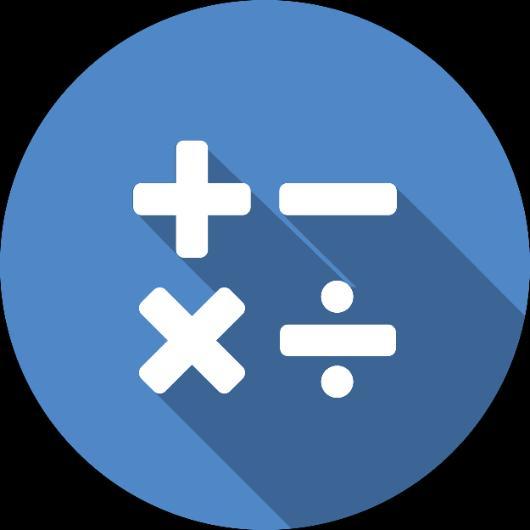
Mathematics
To solve the expression 11/3 times 4/3 plus 5/9, we follow the order of operations (multiplication before addition).
Step 1: Multiply 11/3 by 4/3
(11/3) * (4/3) = (11 * 4) / (3 * 3) = 44/9
Step 2: Add 5/9 to the result
44/9 + 5/9 = (44 + 5) / 9 = 49/9
Therefore, 11/3 times 4/3 plus 5/9 is 49/9.
To square the expression (3A + 8B), we can use the formula (x + y)2 = x2 + 2xy + y2.
In this case, x = 3A and y = 8B.
So, (3A + 8B)2 = (3A)2 + 2(3A)(8B) + (8B)2
Now, we simplify each term:
- (3A)2 = 9A2
- 2(3A)(8B) = 48AB
- (8B)2 = 64B2
Therefore, (3A + 8B)2 = 9A2 + 48AB + 64B2
The divergence of roads, or road junctions, plays a significant role in real life, impacting various aspects of transportation, urban planning, and even everyday decision-making.
-
Connectivity and Accessibility:
Road divergences connect different areas, providing accessibility to various destinations. They allow people and goods to move from one place to another, which is crucial for economic activity and social interaction.
-
Traffic Flow and Distribution:
The design and management of road divergences directly influence traffic flow. Well-planned intersections can efficiently distribute traffic, reducing congestion and travel times. Conversely, poorly designed or managed junctions can become bottlenecks.
-
Route Choice and Navigation:
Diverging roads present choices to drivers, allowing them to select the most suitable route based on factors like distance, traffic conditions, and personal preferences. Navigation systems rely on accurate road network data, including information about divergences, to guide users effectively.
-
Safety Considerations:
Intersections are often points of higher collision risk. The design of a road divergence, including visibility, signage, and traffic control measures, is critical for ensuring the safety of all road users, including drivers, pedestrians, and cyclists.
-
Urban Planning and Development:
Road divergences are fundamental elements of urban planning. Their placement and design can shape the layout of cities, influence land use patterns, and affect property values. They also need to consider future growth and development.
-
Decision Making:
On a smaller scale, divergence of roads provide decision points for travelers on where to go, thus offering choices.
In summary, road divergences are more than just points where roads meet. They are critical components of transportation systems that affect connectivity, traffic flow, safety, urban development, and economic growth.
The largest four-digit even number is 9998. To find the sum of the digits, we add each digit together:
9 + 9 + 9 + 8 = 35
Therefore, the sum of the digits in the largest four-digit even number is 35.
True. The sum of deviations from the mean is always zero.
The mean is the average of a set of numbers. Deviations are the differences between each number in the set and the mean. When you add up all of these differences, the positive and negative deviations cancel each other out, resulting in a sum of zero.
This property can be mathematically proven:
Let X1, X2, ..., Xn be a set of n numbers. The mean (μ) is calculated as:
μ = (X1 + X2 + ... + Xn) / n
The deviation of each number from the mean is (Xi - μ). The sum of these deviations is:
Σ(Xi - μ) = (X1 - μ) + (X2 - μ) + ... + (Xn - μ)
Σ(Xi - μ) = (X1 + X2 + ... + Xn) - nμ
Since μ = (X1 + X2 + ... + Xn) / n, then nμ = (X1 + X2 + ... + Xn)
Σ(Xi - μ) = (X1 + X2 + ... + Xn) - (X1 + X2 + ... + Xn) = 0
Therefore, the sum of deviations from the mean is always zero.
See this math explanation, or this article explaining the topic.